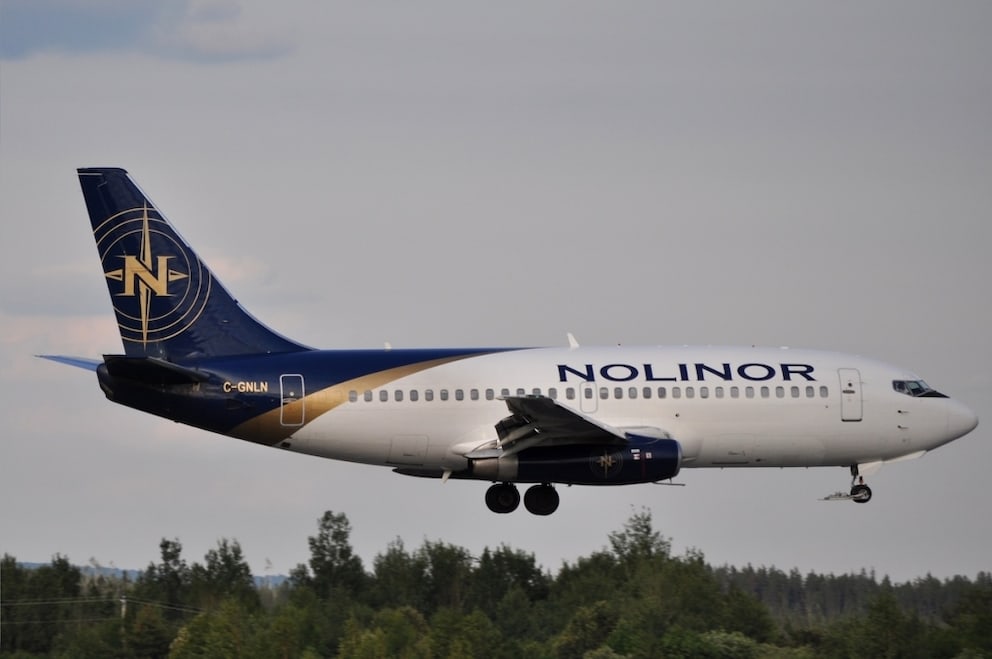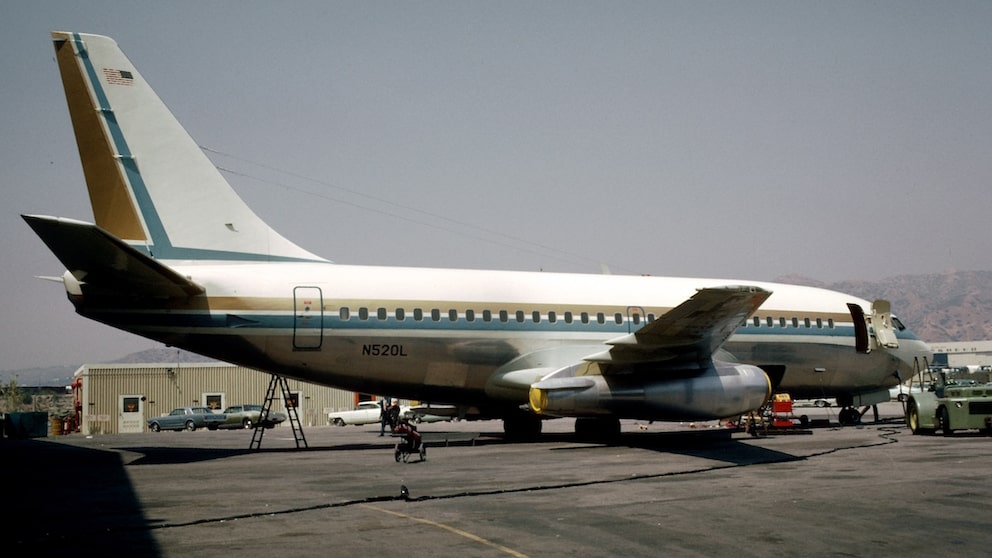March 31, 2025, 9:06 am | Read time: 4 minutes
Aircraft are becoming increasingly modern in terms of their functions and environmental friendliness. But even if extremely advanced and sometimes futuristic-looking models are now soaring through the skies — older ones are still flying, too. Find out from TRAVELBOOK which Boeing aircraft still in operation makes all other aircraft after it look old in terms of year of manufacture, and vice versa.
The oldest passenger plane aircraft still flying is part of the fleet of Nolinor Aviation, which was founded in 1992. But this was not always the case. As the British daily newspaper The Telegraph writes, the Boeing 737-2K2C aircraft with the serial number 20836 has been in service for various airlines over the years, including Australian Airlines, Air Florida, and others. Around half a century has passed since its maiden flight in 1974 (then for Transavia Airlines). But the aircraft is still in service.
Overview
Where to Board the World’s Oldest Passenger Plane
You might not be immediately familiar with Nolinor Aviation. This is probably because the airline, based in Mirabel, Canada, mainly flies to domestic destinations and also flies to a few destinations in the USA. “Nolinor Aviation has the world’s largest fleet of Boeing 737-200 aircraft,” can be read on the airline’s website, and the airline, therefore, has an exceptionally high level of expertise in this type of aircraft. Accordingly, the airline only uses the Methuselah of the fleet for domestic flights from Quebec, for example. And it still does so regularly, as can be seen from the aviation database Airfleets. The flight radar on the “ADS-B Exchange” website allows the activity of the aircraft to be tracked live.
Incidentally, another member of the Nolinor Aviation family is just one year younger than the world’s oldest passenger aircraft. The Boeing 737-200, built in 1975, still carries passengers in the airline’s name today.

How Safe Is It to Fly with a Boeing That Is Almost 50 Years Old?
Against the backdrop of ever-advancing technical developments, safety concerns about flying with such an old aircraft are perhaps not entirely without reason. However, aviation expert Cord Schellenberg is quick to dispel these concerns in an interview with TRAVELBOOK.
According to Schellenberg, it is not the year of manufacture that is important, but rather — in addition to highly trained pilots — the technical condition of the aircraft. “Maintenance and overhaul” are two important points which, according to the expert, should not pose a problem. Boeing is obliged to keep spare parts in stock. So, as long as the oldest passenger aircraft is maintained and accommodated in an exemplary manner, there is nothing to prevent it from transporting passengers. And: “In the countries for which the aircraft was used, you can be confident that the technical history is correctly recorded,” says Schellenberg. Apart from that, no serious incidents have been documented. “The passengers seem to reach their destination reliably,” summarizes the expert, “otherwise the aircraft would no longer be in use.”

Exciting questions and answers What you definitely didn’t know about airplanes

Ask the Expert Why Are There So Many Airplane Accidents at the Moment?

Did you know that? Why dying during a flight is often not technically possible
A Different Form of Sustainability
Normally, airplanes are built for a service life of 25 to 30 years, the expert admits. The 50-year-old Boeing is, therefore, an “old-timer” — this results in certain special features and a different requirements profile. This is much like a private vehicle that requires regular inspections and isn’t used for every daily trip.
In order for the oldest passenger aircraft to be economical, it would have to be used on routes that are not flown as often but still generate a good return. As far as kerosene consumption is concerned, the carbon footprint of the oldest passenger aircraft is certainly not as good as that of more modern aircraft. “Still, you can’t deny the aircraft a certain level of sustainability,” says Schellenberg. After all, it stands for the sustainable use of a device manufactured with a high energy input, “and the aircraft is obviously well looked after technically.”

